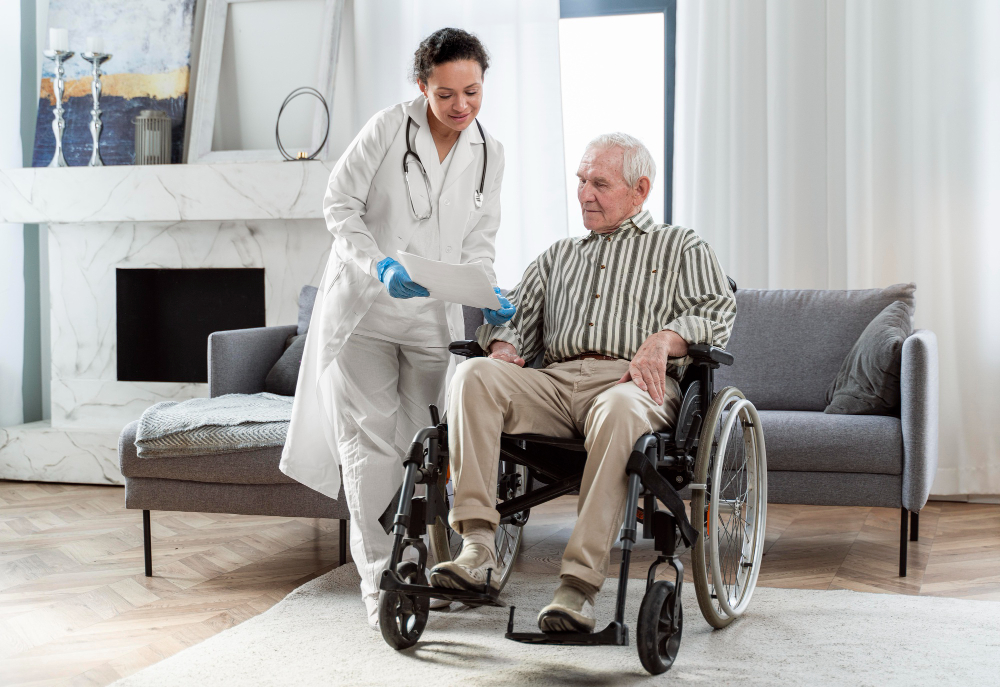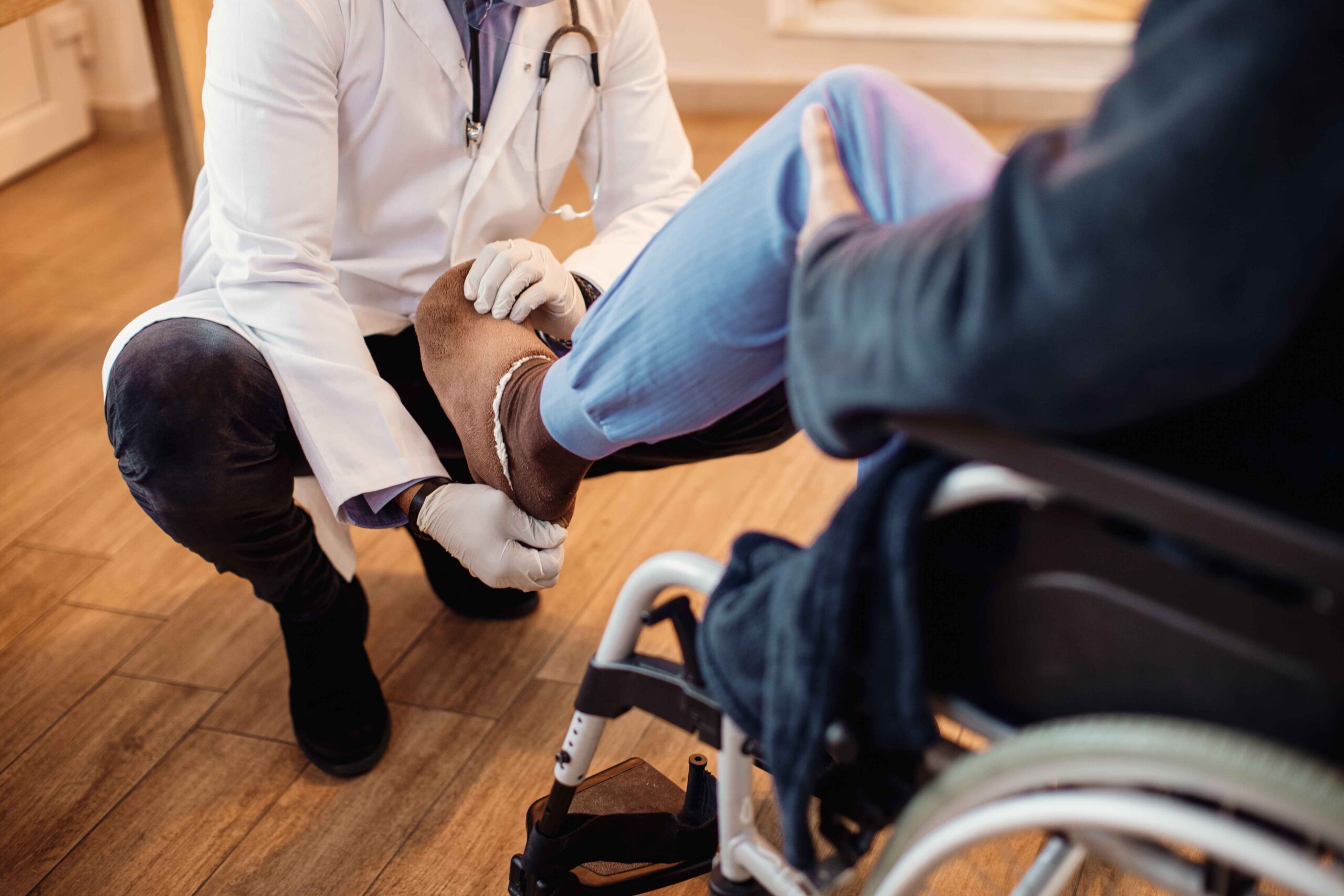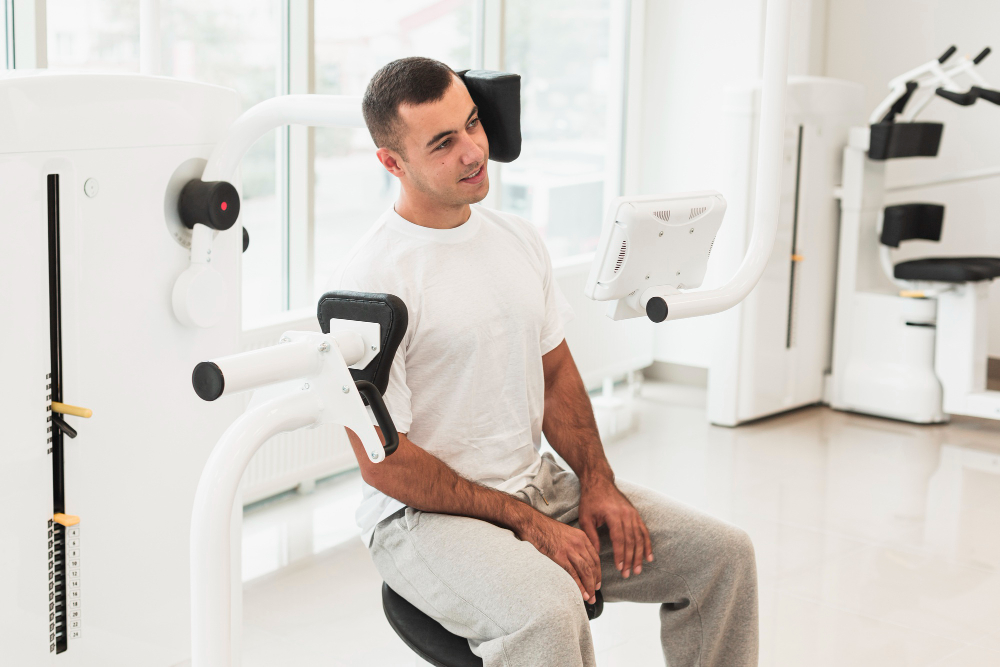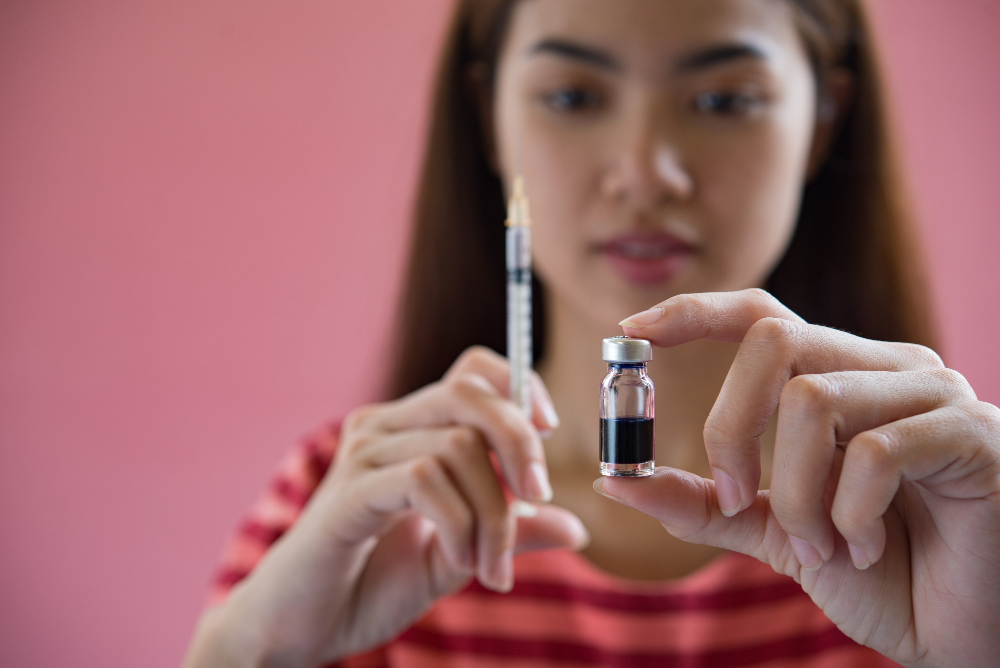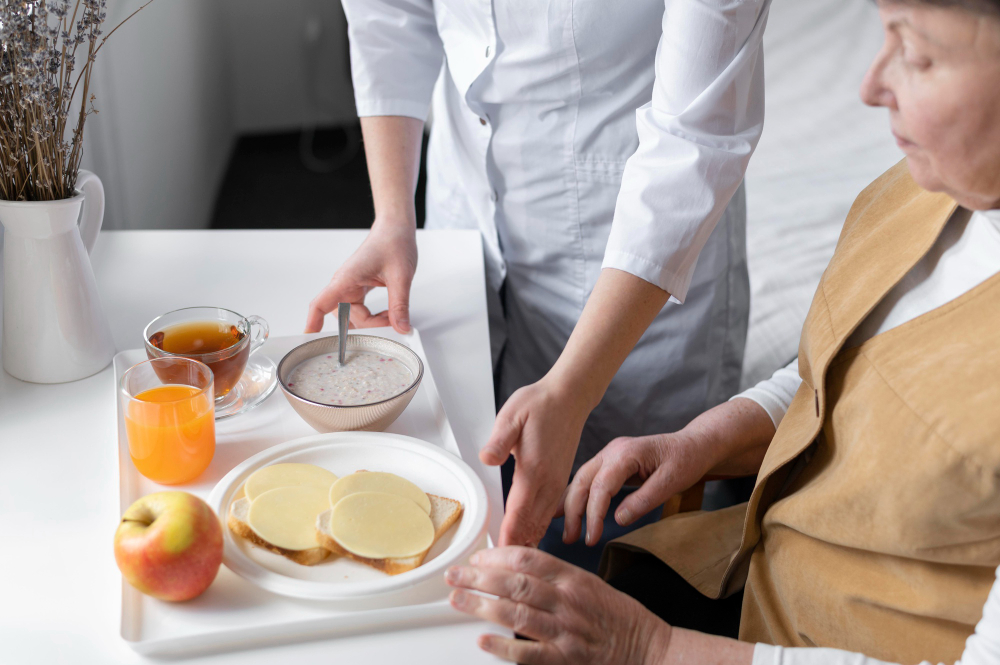
Last updated on by MRC
Living with Post-Traumatic Stress Disorder (PTSD) can feel like navigating a never-ending storm. While the emotional and psychological toll is often discussed, the physical impact is just as real. This is where physiotherapy steps in, offering a path to not only regain physical strength but also to find a sense of peace and control over your body. Imagine reducing stress and tension through tailored exercises that not only help your body heal but also calm your mind. Curious about how physiotherapy can make a difference in your PTSD journey? Learn the ways it can support your recovery.
Post-Traumatic Stress Disorder (PTSD) is a mental health condition triggered by experiencing or witnessing a traumatic event. This disorder can affect anyone, from soldiers returning from combat to individuals who have gone through accidents, natural disasters, or personal assaults. PTSD disrupts daily life, making it difficult to cope with everyday tasks. It often leads to intense feelings of fear, anxiety, and helplessness long after the traumatic event has passed.
Understanding post traumatic stress disorder symptoms and treatment is crucial for managing the condition. Common symptoms include flashbacks, nightmares, severe anxiety, and uncontrollable thoughts about the event. People with PTSD may also experience irritability, angry outbursts, and trouble sleeping. These symptoms can be overwhelming, making it challenging to maintain relationships and perform daily activities.
The post traumatic stress disorder treatment often involves a combination of therapy and medication. Cognitive-behavioral therapy (CBT) is one of the most effective therapy for post traumatic stress disorder, helping individuals change negative thought patterns and behaviors. Medications like antidepressants can also be prescribed to manage symptoms. However, an integrated approach that includes physical health management, such as physiotherapy, can significantly enhance the recovery process.
Physiotherapy is an often overlooked but highly beneficial therapy for post traumatic stress disorder. While PTSD is primarily a mental health condition, the physical body also bears the brunt of the stress. Chronic pain, muscle tension, and fatigue are common in those with PTSD, and these physical symptoms can exacerbate mental distress.
Physiotherapy focuses on exercises and techniques that reduce physical tension in the body. Through guided movements and stretches, physiotherapists help release muscle tightness, which is common in those with PTSD. This reduction in physical tension can lead to a decrease in stress levels and provide a sense of relief.
Many people with PTSD struggle with sleep disturbances, such as insomnia or frequent nightmares. Physiotherapy can help improve sleep patterns by promoting relaxation through techniques like deep breathing exercises, yoga, and massage. Better sleep contributes to overall mental health and is a key aspect of post traumatic stress disorder treatment.
One of the most significant benefits of physiotherapy for PTSD is its focus on the mind-body connection. Physiotherapy sessions encourage mindfulness and awareness of how the body feels, which can help individuals gain control over their physical responses to stress. This improved connection can lead to better management of post traumatic stress disorder symptoms and treatment.
Regular physical activity is known to improve mood and reduce anxiety, both of which are crucial for managing PTSD. Physiotherapists design exercise programs that are tailored to the individual’s needs, ensuring that they are engaging in activities that are both safe and beneficial. This not only helps in the physical aspect but also contributes to mental well-being, making physiotherapy a comprehensive therapy for post traumatic stress disorder.
Physiotherapy supports overall recovery by addressing the physical side of PTSD. By reducing pain, improving mobility, and enhancing overall physical health, it complements other forms of post traumatic stress disorder treatment, leading to a more holistic recovery process. This multi-faceted approach helps individuals regain a sense of normalcy in their lives, enabling them to manage their symptoms more effectively.
Finding the right physiotherapy treatment or clinic is crucial for effectively managing post traumatic stress disorder treatment. The first step is to look for clinics that have experience in treating PTSD-related symptoms, such as chronic pain, muscle tension, and stress-related physical issues. It’s important to choose a clinic that offers personalized treatment plans tailored to your specific needs.
When searching for the right physiotherapy clinic, consider the qualifications and experience of the physiotherapists. Look for professionals who specialize in both physical therapy and mental health support, as this combination is particularly beneficial for those dealing with PTSD.
If you’re in Kolkata and seeking comprehensive physiotherapy care, the Medical Rehabilitation Center (MRC) stands out as the best physiotherapy clinic in Kolkata. MRC provides not only physiotherapy but also specialized services in paralysis treatment and pain management. Our multidisciplinary team is dedicated to addressing all types of pain and paralytic disorders, offering a holistic approach that includes everything from diagnostics and medical treatment to integrated therapeutics and surgical rehabilitation.
Through a wide range of therapeutic interventions and treatments, we tackle the medical, physical, emotional, and functional aspects of pain. This comprehensive approach helps individuals reclaim control over their lives, making us an ideal choice for those seeking effective therapy for post traumatic stress disorder.
MRC’s focus on personalized care, combined with their expertise in treating complex conditions, makes them a top choice for anyone looking to improve their quality of life through physiotherapy. Whether you’re dealing with PTSD or other physical challenges, our dedicated team is equipped to support you on your journey to recovery.
Physiotherapy is a valuable component of post traumatic stress disorder treatment. It offers a physical outlet for managing the stress and tension associated with PTSD, helping individuals regain control over their bodies and, by extension, their lives. Whether it’s improving sleep, reducing muscle tension, or enhancing the mind-body connection, physiotherapy plays a critical role in the comprehensive therapy for post traumatic stress disorder.
What physical therapies are available for PTSD?
Exercise to aid recovery from PTSD. Trials show very good evidence that when undertaken together with the usual PTSD care (CBT, EMDR, group therapy or medication) structured exercise, in the form of resistance training and walking, improves symptoms for people with PTSD.
What are the 7 symptoms of PTSD?
Arousal and reactivity symptoms
Is PTSD a lifetime illness?
In some cases, particularly where it is not treated, PTSD can last a very long time, perhaps the remainder of one’s life. Most people with longstanding PTSD find that the symptoms are not steady in their severity. For some people, PTSD symptoms gradually fade over time.
